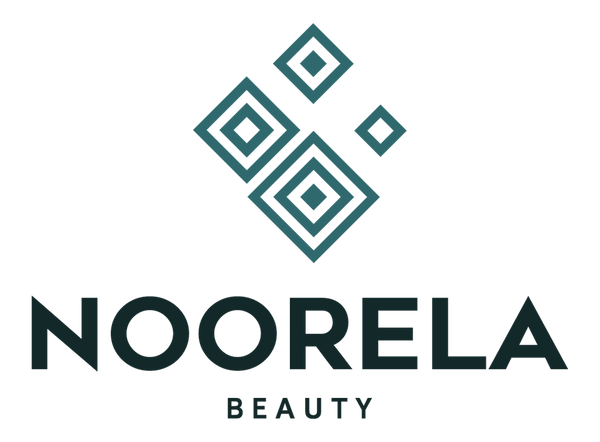
The Best Foundation Brushes for Liquid Foundation: What Actually Works (And Why)
If you’ve ever applied liquid foundation with your fingers and ended up with streaks, uneven coverage, or makeup that faded by noon, you’re not alone. Liquid formulas may be one of the most popular foundation types on the market, but they’re also among the trickiest to apply flawlessly. That’s where the right brush comes in. best foundation brushes for liquid foundation.
But with so many options out there—angled, flat, stippling, kabuki—it’s hard to know which tool actually does the job well. So, what are the best foundation brushes for liquid foundation, and why do some work better than others?
This guide breaks it all down, with real, usable tips (no fluff), so you can find the right tool for smooth, long-lasting foundation.
Why Brush Type Matters for Liquid Foundation
Liquid foundation is designed to blend into the skin—but only if the tool you’re using distributes it evenly and allows you to build coverage where needed. A good brush should do three things:
- Blend seamlessly without soaking up all your product
- Give you control over coverage and placement
- Work with your skin type and the texture of the foundation
The wrong brush can waste your product, leave streaks, or highlight dry patches and texture. So let’s dive into the types of brushes that actually make applying liquid foundation easier and more effective.
Types of Foundation Brushes That Work Best with Liquid Formulas
1. Flat Foundation Brush
This is one of the most classic shapes. The flat, paddle-style brush is ideal if you want a medium to full-coverage finish. It helps you paint the foundation onto the skin, much like a makeup artist would.
Pros: Precise, good for layering
Cons: Can leave streaks if not blended properly—often needs a sponge or buffing brush to finish.
2. Buffing Brush
The buffing brush has densely packed bristles and a rounded head. It’s designed to work foundation into the skin in circular motions.
Pros: Great for a natural, seamless finish
Cons: Requires some time to blend properly, especially around the nose and eyes
3. Stippling Brush
Recognizable by its duo-fiber bristles—long and short hairs mixed together—this brush is ideal for building lightweight layers.
Pros: Airbrushed finish, ideal for lightweight liquid foundations
Cons: Not great for full coverage or thicker formulas
4. Angled Foundation Brush
An angled head can reach contours of your face more easily, especially around the jawline, cheeks, and hairline.
Pros: Precision + smooth blending
Cons: Can be harder to control for beginners
What to Look for in a Good Foundation Brush for Liquids
- Synthetic Bristles: Natural bristles tend to absorb liquid products. Synthetic fibers repel product better, so more ends up on your face instead of the brush.
- Density: A denser brush means more product gets pushed into the skin instead of sitting on top. But too dense, and it might feel heavy or stiff.
- Shape: Choose based on your needs—rounded for buffing, flat for coverage, stippling for light touch, angled for control.
- Size: Bigger isn’t always better. A slightly smaller brush can give you better control around tricky areas like under the eyes and nose.
How to Use a Foundation Brush for Best Results
Here’s a step-by-step to make the most of your liquid foundation brush:
-
Prep your skin with moisturizer and primer.
-
Dot foundation across your forehead, cheeks, nose, and chin.
-
Use your brush in gentle circular or sweeping motions, depending on the shape.
-
Build slowly—start with less and layer for more coverage.
-
Don’t forget your jawline and neck to avoid harsh lines.
-
Clean your brush regularly—ideally once a week—to prevent buildup and bacteria.
Common Mistakes to Avoid
- Dragging the product across the face instead of blending.
- Using too much foundation at once (start light!).
- Skipping brush cleaning (this affects performance more than you think).
- Using the wrong brush shape for your foundation’s texture.
A Pro-Recommended Brush That Nails the Job
If you're tired of the guesswork and just want one brush that gets it right, consider the FlawlessCore Foundation Brush by Noorela Beauty.
Designed specifically for liquid foundation, the FlawlessCore Brush features ultra-dense, soft synthetic fibers that glide over the skin without streaking or dragging. Its dome shape blends like a buffing brush but with the precision of a stippling brush—giving you control and coverage in one tool. It doesn’t soak up too much product, which is perfect for anyone who doesn’t want to waste foundation (aka, everyone).
This brush is a favorite among makeup artists for a reason—it combines pro-level performance with an ergonomic, easy-to-use design. Whether you're applying a sheer tint or a full-glam base, it delivers a natural finish that holds all day.
Final Thoughts
Finding the best foundation brushes for liquid foundation isn’t about chasing hype or buying the most expensive tools. It’s about understanding how different shapes, fibers, and designs interact with your foundation—and with your skin.
Investing in one great tool like the Noorela Beauty FlawlessCore Foundation Brush can simplify your routine, improve your finish, and save product in the long run. Because when your base is solid, everything else in your makeup routine just works better.

